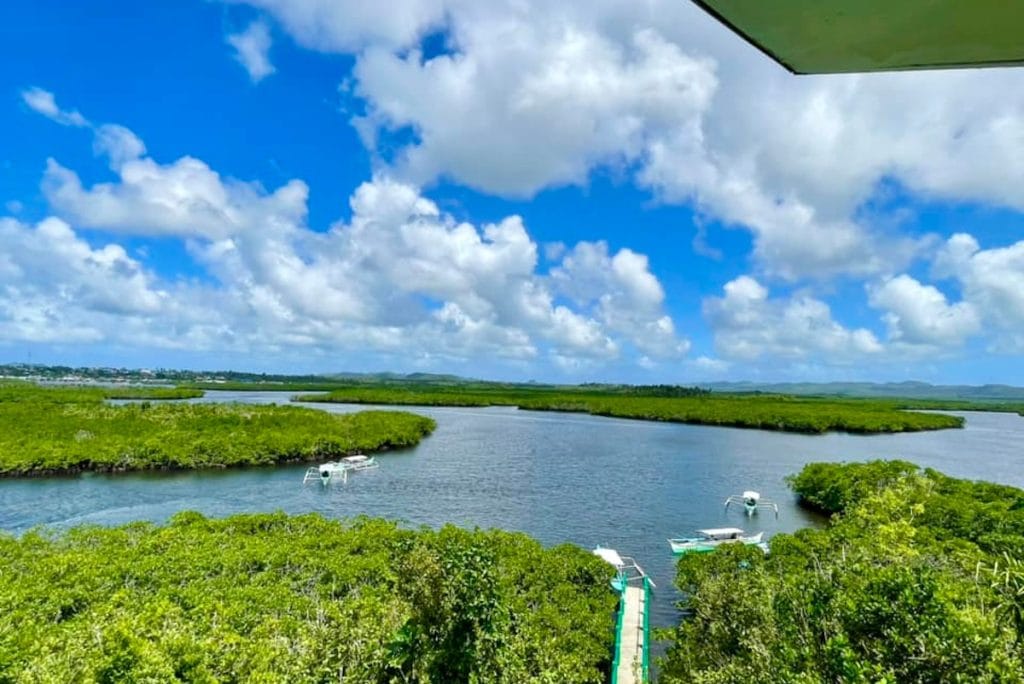
The United Kingdom’s Blue Planet Fund had previously given a grant of more than US$450,000 to the Philippines, for it to establish a programme to derive economic benefits from carbon captured and stored by marine ecosystems like mangroves, seagrasses and salt marshes, between 2024 and 2026.
“But if we are going to sustain that [plan] in the coming years, we would need double the amount,” said Germain De Ruña, project manager and communications lead of the National Blue Carbon Alliance Partnership under ZSL, speaking on the sidelines of the Mangrove Blue Carbon Roadmap to 2030 and Beyond event in Manila on Wednesday. ZSL is a key partner of the Philippines’ Department of Environment and Natural Resources (DENR) which is overseeing the execution of the country’s blue carbon roadmap.
The additional financing is needed to ensure the blueprint is implemented and mainstreamed, as well as for ecosystem restoration initiatives, beyond current community outreach and communication work that is supported by the UK grant, she added. One example is the conversion of abandoned, undeveloped and udertilised (AUU) areas across the archipelago into mangrove sites.
De Ruña also shared that a blue carbon economy legislation is also in the plans, to mandate the execution of the programme at the local level.
The Philipines has other options to support its blue economy such as blue bonds issued by BDO Unibank to tackle ocean litter and preserve clean water, as well as potential revenue from nonprofit Conservation International which has been initiating pilot projects in the Philippines to demonstrate the feasibility of blue carbon credits.
Blue economy to be part of NDCs
The Philippines will be integrating blue carbon ecosystems into its updated nationally determined contributions (NDCs), said Mariglo Rosaida Laririt, assistant director of the Biodiversity Management Bureau of the DENR, in her keynote address at the same event attended by more than a hundred participants from government agencies and the academe.
“It will be part of our country’s climate action plan under the Paris Agreement,” Laririt said.
By assessing the carbon stock from these blue ecosystems, the Philippines would be able to leverage on it and launch nature-based solutions and farming projects. These would create opportunities ‘that lift our coastal communities while addressing climate and biodiversity challenges,” she said.
The government is expected to submit its updated NDCs in November, at the same time as the United Nations Climate Change Conference (COP30) in Belém, Brazil. As of May, only 23 countries have submitted new NDCs.
The operationalisation of Article 6 under the Paris Agreement at the COP29 climate summit last year has also “significantly catalysed” the Philippines movement toward integrating blue carbon into its NDCs, Laririt told Eco-Business.
Under Article 6.8, which covers non-market approaches, the government is exploring how blue carbon can be recognised and supported without necessary relying solely on carbon trading, she said. Non-market approaches include activities like knowledge sharing, capacity building, technology transfer, and financial assistance.






